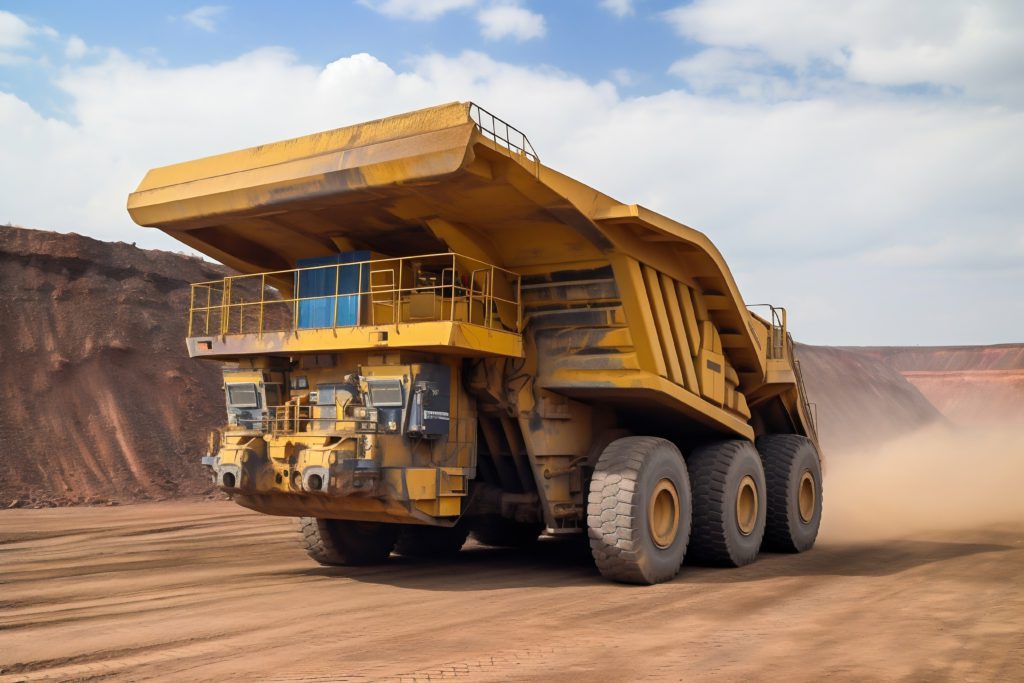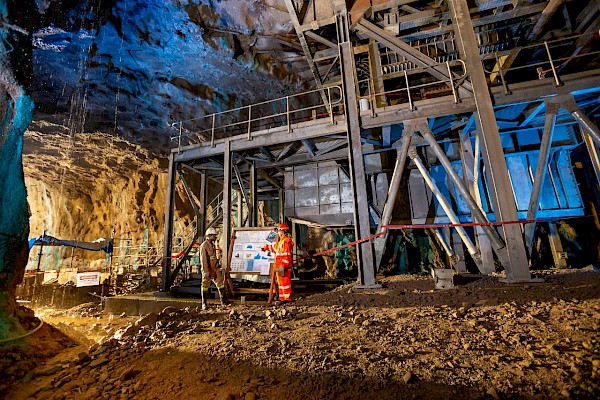Bigger not always better when it comes to autonomous trucks — report

Whittle Consulting, an expert in integrated strategic planning for the mining industry, and Pronto, the Silicon Valley-based producer of autonomous haulage systems, released Thursday their joint study, “Autonomous Swarm Haulage: The Economics of Autonomous Haulage with Small Trucks.”
The study, the firms say, presents a groundbreaking analysis demonstrating that when mining haul trucks are automated, bigger is no longer always better.
Whittle Consulting modeled the net present value (NPV) of mining a representative copper ore body through four different scenarios, taking into account all facets of the mining value chain over an 18 year life-of-mine (LOM) horizon.
Key findings include:
- The modeled mine operating with a fleet of autonomous 40-ton haul trucks would realize a 31% greater NPV than if the mine were operated with a fleet of manually driven 100-ton off-road haul trucks;
- Autonomy significantly improved effective utilization by reducing truck downtime, standby, and operating delays to 5% of availability versus 20% for manual vehicles and;
- One theorized flaw in the small truck logic was the prospect of traffic congestion caused by the increase in the number of trucks operating in the mine, potentially overcoming the efficiency gains of small truck and automation. In the study’s simulations, such traffic congestion did not materialize.
“The industry has long debated whether mining economics shift to favor smaller trucks when autonomous,” said Gerald Whittle, CEO, Whittle Consulting in a media statement. “We’re excited to publish the first rigorous analysis that demonstrates that for most mines – the answer is yes.”
The study also concluded that converting an existing fleet of haul trucks to autonomous operations increased NPV irrespective of truck size. Both conclusions are consistent with industry experience and past studies, including Whittle Consulting’s 2018 Autonomous Haulage Report.
“This study is exciting because it clearly articulates one of the many ways in which autonomy is revolutionizing the global economy today,” Anthony Levandowski, CEO of Pronto said. “The results also illustrate why our strategy has been centered around making automation accessible to the majority of mines and quarries around the world that aren’t running the Ultra Class trucks that the legacy AHS providers have been focused on.”
Pronto had previously demonstrated the commercial benefits of an AHS capable of scaling down to the smallest trucks and smallest operations, and the Pronto-Whittle study substantiates that by identifying the specifics of why small trucks are favored when autonomous: lower maintenance costs, better fuel efficiency, faster haul speeds, narrower benches / steeper pit walls are possible, and better overall fleet utilization, among others.
The full report is here.
More News
{{ commodity.name }}
{{ post.title }}
{{ post.date }}



Comments